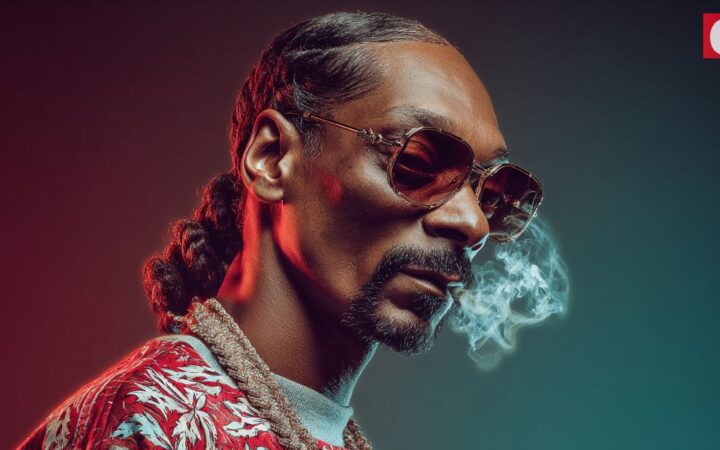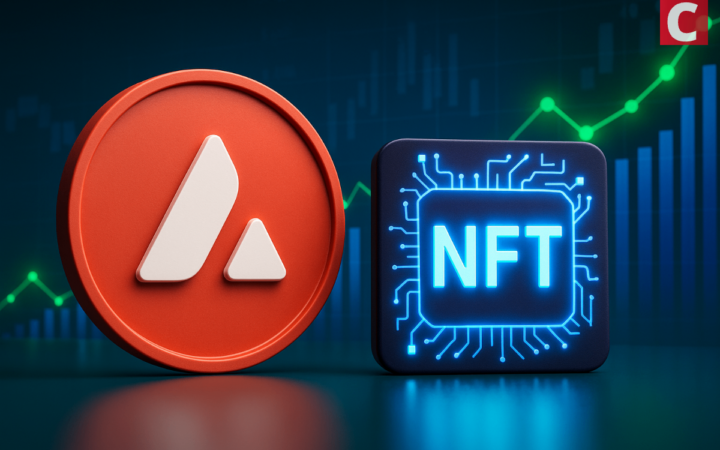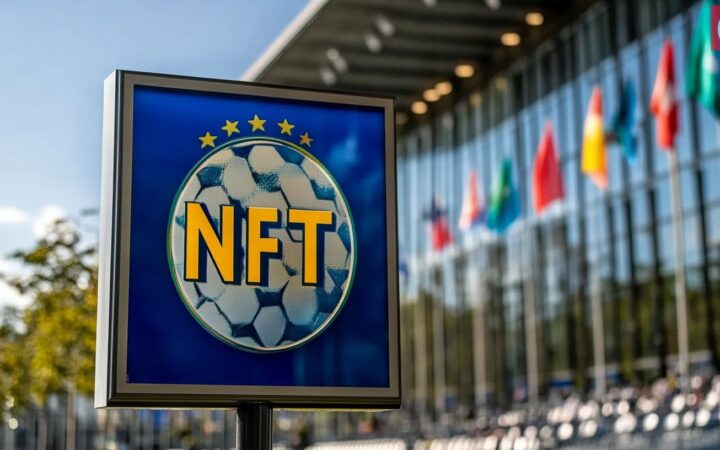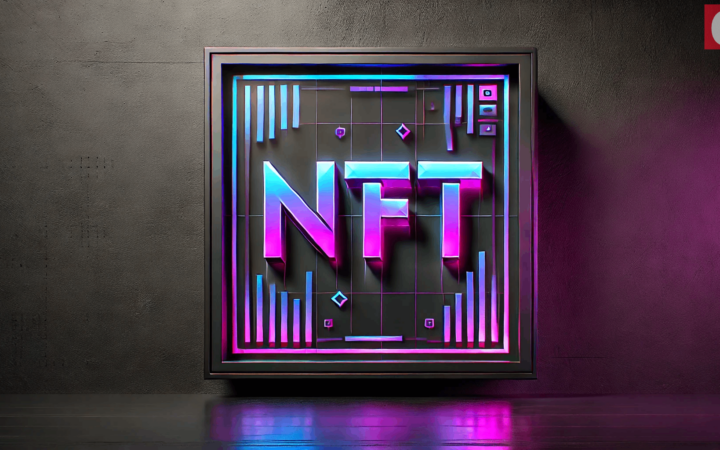Without a doubt, NFTs exhibit the potential to cause a great deal of upheaval across various sectors. Many believe that NFTs will prove to be particularly revolutionary in sculpting the future of music.
You may have heard about Travis Scott’s Metaverse show, which drew more than 27 million users, and the Grimes NFT collection, which acquired $5.8 million in 20 minutes. Likewise, Kings of Leon made history by releasing their album as an NFT a year ago, making them the first music band to do it.
To understand the unprecedented impact of this cutting-edge technology, we will uncover the main developments propelled by NFTs in the music realm.
Digital Collectibles in Music – Royalty Sharing NFTs
Digital collectibles NFTs bring back the power in the hands of the artists, allowing them to engage with their followers and establish their role in the Metaverse via concerts and other activities. Overall, the blockchain may provide a layer of transparency and trust as the technology can facilitate more openness and reliability. Everything is encoded in smart contracts, and artists are aware of the precise allocation of funds. Artists may engage in decentralized governance, seek funding, and eventually view every transaction recorded on the blockchain.
For instance, a music video might be most effective when utilized as an extended virtual expression of a piece of music, elaborating the essence of a song. This way, it might become a lucrative tender in the realms of digital art and NFTs. So far, have witnessed a few instances of this in action, most notably with the Canadian artist Grimes, who sold $6 million of unique video NFTs, many of which represented fragments of music and even past demos, further compounding the interest and value of each piece.
Furthermore, it is also possible to integrate music with digital art, very often in the jpeg or gif formats. These introduce one-of-a-kind works of art that include music as an element. In this vein, Lostboy NFT emerges as a popular music collective that integrates art and music while emphasizing mental wellness.
Uncovering Web 3 Digital Record Labels
So far, record executives and other business titans have held the majority of power, sometimes to the dismay of musicians. Traditional revenue shares in record contracts are usually 50/50, which means the artist gets 50% of the profit, and the rest is split between agents, executives, and other people in similar positions.
But it seems like this kind of balance has not been reached in years, and this is where NFTs might improve the scene. The young, brilliant, and naïve artists renouncing a substantial amount of their future earnings to a money-hungry record company at the beginning of their promising career has become a cliche in the music field.
In contrast to the top-down, hierarchical methods of control that have dominated the internet since its birth in the early 1990s, Web3 emerges as the third tier on the evolutionary ladder of the world wide web. Some proponents of Web3 are eager to remind us that it may make contracts far more transparent, trustworthy, and less susceptible to legal ambiguities and other practices that might get artists into trouble. Blockchain eliminates that because you eventually have a public ledger where you can see everything, who owns what, and effectively claim it.
Facilitated by blockchain evolution, independent artists are urged to shift from the conventional artist-label connection with fans. One such method is to mint the cover of a forthcoming album as an NFT and sell it to fans with the promise of diverting revenues towards them while artists retain the lion’s portion.
Explore the Integration of Music & the Metaverse
Moving forward, NFTs represent the gateway between conventional media methods and the numerous possibilities of the Metaverse. At the moment, the restricted capacity of live performances renders them exclusive and hard to access for most people. However, NFTs may provide additional VIP perks and digital experiences to live events as they may provide access to real-world VIP areas and special seating. Besides, owing to the power of smart contracts, NFTs cannot be falsified or scalped because they are limited and trackable.
In addition, NFTs feature extra capabilities to access digital material, such as augmented reality (AR) concert experiences. As digital mementos of unique moments in one’s life, they may also be sold or offered as souvenirs to audiences of live concerts.
This new dawn may be seen in the form of markets that fill in the holes left by streaming services since the Metaverse is more equitable than the actual world. In other words, it arises as a place for cooperation that allows musicians and digital artists to collaborate and offer new experiences.
Bottom Line
So far, technological advances have been closely tied to the progress of the music industry. From vinyl to streaming services like Spotify, technological advancements have been a driving force behind the production and dissemination of music. As we have seen, NFTs are ushering in a new dawn in the music world that presents limitless prospects for both fans and artists.
Disclaimer: Coinspeaker is committed to providing unbiased and transparent reporting. This article aims to deliver accurate and timely information but should not be taken as financial or investment advice. Since market conditions can change rapidly, we encourage you to verify information on your own and consult with a professional before making any decisions based on this content.

Victoria is the CEO of Victorious PR, a Wall Street Journal best-selling author, TEDx speaker, and an award-winning classical crossover singer. Her newest song, “O Mio Babbino Caro,” went straight to #1 on the iTunes Classical Charts within just 24 hours of the release. Her expert articles have been published on Rolling Stone, Forbes Monaco, and CoinCheckUP.





